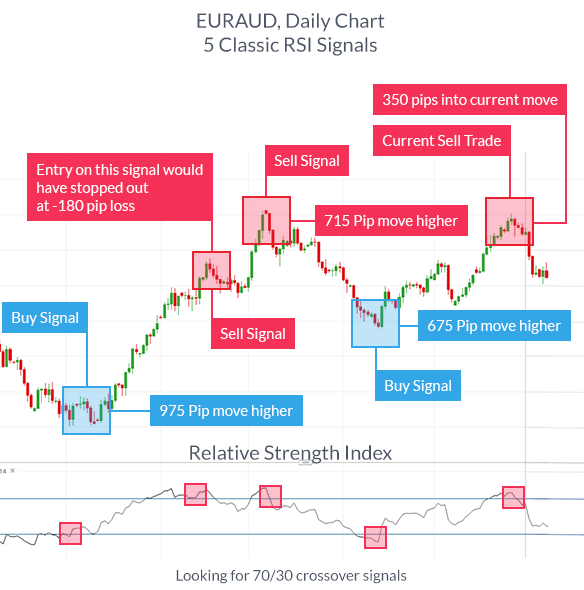Learning About Day Trading Indicators
If you would like to start trading in the world of Forex, cryptocurrencies, the stock market, or anything in between, then something that you absolutely need to know about our trading indicators. For those of you who have no idea what day trading is or what indicators are no worries because we will explain both of these concepts in great detail below.
However, with all of that being said, the most important thing that when you are here to talk about today are the best day trading indicators that movies can use. What’s equally as important for you to know is that day trading indicators are extremely important tools that provide you with vital information that will determine how and when you trade.
What needs to be said here is that without good day trading indicators, you aren’t going to make much money, and you’re probably just going to end up losing it all. What we’re here to do today is to provide newbies with a day trading indicators guide that will provide you with all of the information that you will need about these awesome trading tools.

So, What is Day Trading Exactly?
OK, so what’s important to note here is that there are of course different types of trading and day trading is just one type of training that you might engage in. Generally speaking, day trading is characterized by Traders purchasing or selling certain assets or securities in a single day.
For this reason, day trading is also known as intraday trading, as it involves trades that are only open for a single day. These trades are closed before the end of the day, hence why it is called day trading. Moreover, day trading is usually also characterized by a large degree of technical analysis, which is exactly where these day trading indicators come into play.
Yes, it does take a lot of objectivity, self discipline, and a good deal of knowledge in order to use these day trading indicators. What’s also important to note is that day trading usually involves using leverage as well as various short term trading strategies to capitalize on small price movements that occur in liquid markets.

What is a Trading Indicator?
Now that you know what day trading is, we want to provide you with a basic definition of what a day trading indicator is. Generally speaking, a day trading indicator is seen as a set of tools or a single tool that is applied to a trading chart to help make the market and future trades more clear. The main purpose of any day trading indicator is to provide you with various pieces of information such as volatility, trend, momentum and more.
What you also need to know here is that trading indicators are extremely precise mathematical calculations that are plotted as either lines or dots on a price chart and these help traders to identify certain traits or signals that can be placed at any given time. The other important thing to take note of here is that indicators always refer to a technical charge pattern that is derived from the price, volume, or the open interest of a given asset.

What These Indicators Tell Us
What you need to know now is what exactly these day trading indicators can tell you. As mentioned above, there are four main pieces of information at an indicator can provide you with or. In other words, there are four types of indicators. Let’s find out what these four types of indicators are and what they can tell you.
Volatility
The first type of indicator out there is the volatility indicator, and this is one of the most important ones as it tells you how much a price changes over a given period of time. If volatility is high, it means that there are big price movements.
Volume
The second type of indicator out there is the volume indicator, and this tells you exactly how many stocks or assets are being bought or sold over a given period of time. When the value of a security or asset changes, the volume indicator tells you how strong that movement is.
Trend
The third type of indicator out there is the trend indicator and this tells you in what direction the market is moving. These are also known as oscillators because they move up and down between highs and lows.
Momentum
The fourth type of indicator that you need to know about is the momentum indicator, and this tells you how strong a trend is. These can also signal if there is a price reversal that is happening in the near future.
The Best Day Trading Indicators for Newbies
Now that we know what day trading is and what indicators can tell you, let’s take a closer look at the five best day trading indicators for newbies at this time.
Moving Averages
Moving averages are a type of intraday trading indicators that tell you all about the momentum of a market. In other words, it tells you about the momentum of market trends and can also provide you with stop loss points. It’s all about finding opportunities in current trends.
Bollinger Bands
Here we have a volatility indicator that informs you of how volatile the market is. Here you will see a series of bands and when the gaps between those bands widen it means that the market is more volatile.
Commodity Channel Index
The Commodity Channel Index, or CCI for short, is something that allows traders to identify new and emerging market trends. Here you will see values ranging from -100 to +100, with positive values indicating an uptrend.
Stochastic Oscillator
This is a great momentum indicator that provides you with all sorts of information about the closing price of the stock, as well as the range of prices over a set period of time.
Relative Strength Index
The relative strength index, also known as RSI, Is yet another momentum indicator. In fact, if you want a good momentum indicator that RSI might just be the best one to use. And the most important thing that this trading indicator can tell you, is it something is overbought or oversold.
Day Trading Indicators
Now that you know the basics about day trading indicators as well as what the best wants to use are, you can now make an informed decision as to what indicators you want to use for your next trading sessions. Keep in mind that you do want to master a few different indicators, especially the four main types.
